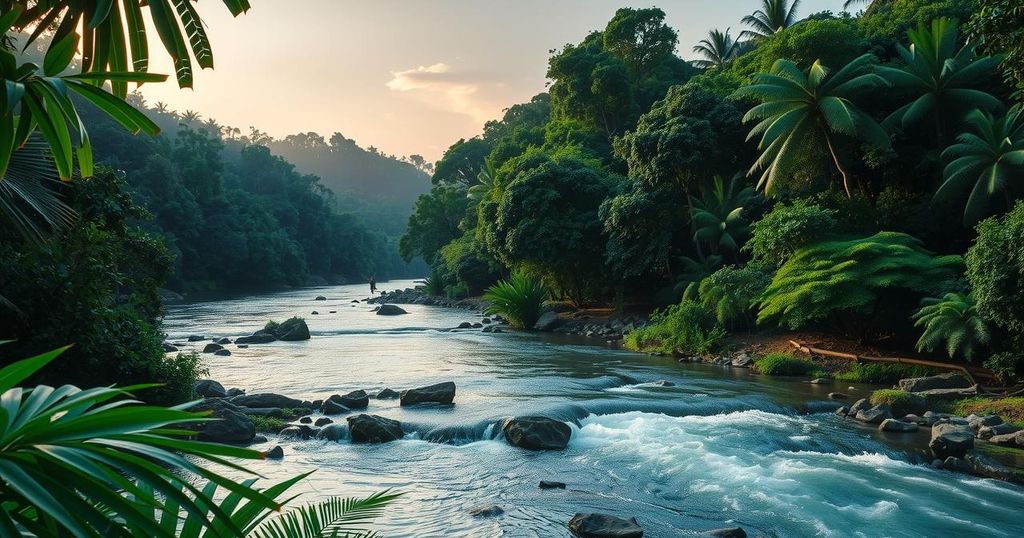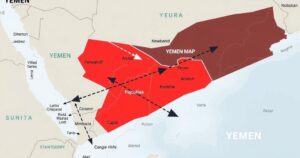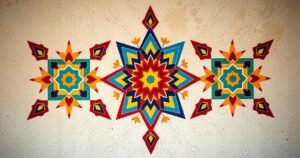Current Crisis in the Democratic Republic of Congo: A Comprehensive Overview

The DRC faces a severe crisis centered on the M23 militia’s capture of Goma, leading to significant casualties and displacement. Historical ethnic tensions rooted in the Rwandan genocide fuel the conflict, while regional players react with alarm. Control over valuable minerals is a significant factor in the ongoing struggle, complicating efforts for peace and stability.
The Democratic Republic of Congo (DRC) is currently experiencing a severe crisis, highlighted by the M23 militia’s takeover of the strategically significant city of Goma. This conflict, which erupted in January, has led to over 2,900 fatalities, the displacement of approximately 700,000 individuals, and numerous injuries. The rebels have now set their sights on Bukavu, another resource-rich region in eastern DRC.
The historical context of this turmoil traces back to the Rwandan genocide of 1994, which significantly exacerbated ethnic tensions between Hutus and Tutsis. Colonial rule by Germany and Belgium favored the Tutsi minority, causing resentment among the Hutus. A Hutu-led revolution in 1959 resulted in the persecution of Tutsis, displacing many and setting the stage for future conflicts.
The Rwandan genocide, catalyzed by political upheaval, resulted in the gruesome massacre of approximately 800,000 Tutsis and moderate Hutus within 100 days. This atrocity culminated in a civil war that ended with the defeat of the perpetrators by the Rwandan Patriotic Front (RPF). Following the genocide, Paul Kagame emerged as Rwanda’s president and has remained in power since 2000.
The aftermath of the genocide saw a mass exodus of Hutus into eastern DRC, leading to the emergence of over 120 armed groups, including the Democratic Forces for the Liberation of Rwanda (FDLR) and M23, which represents Tutsi affiliations. Rwandan incursions into the DRC throughout the late 1990s contributed to what are now known as Africa’s World Wars, disrupting political stability in the region while Kagame’s Rwanda has been perceived as a stabilizing force.
M23, formed in 2012, arose from a failed peace agreement between the DRC government and a Tutsi-led faction. Following its resurgence in 2022, the group has been accused of war crimes and claims to exist for the protection of Tutsis. However, they are also deeply intertwined with the struggle for control of the DRC’s mineral wealth.
The conflict is not solely defined by ethnic rivalries; it also involves significant economic interests, particularly in mineral-rich regions like eastern DRC. Coltan, essential for electronics manufacturing, is predominantly sourced from this area, making control over Goma a critical strategic advantage for the M23 rebels.
In response to the crisis, DRC President Felix Tshisekedi condemned the seizure of Goma as an act of war which jeopardizes his already tenuous position following a contentious election. Meanwhile, Kagame has refrained from overtly supporting M23 but indirectly acknowledges the group’s claims. Neighboring countries, including Burundi and Uganda, are wary of the conflict’s potential regional implications, with Burundi warning of possible spillover violence and Uganda’s involvement in combat operations against linked militant groups.
In summary, the ongoing conflict in the DRC exemplifies a complex interplay of historical grievances, ethnic tensions, and valuable mineral resources. The resurgence of the M23 militia and their capture of Goma amplifies an already precarious political landscape. Regional responses highlight the far-reaching implications of the crisis, as neighboring nations react cautiously amid concerns of further destabilization in the region.
Original Source: www.thehindu.com








